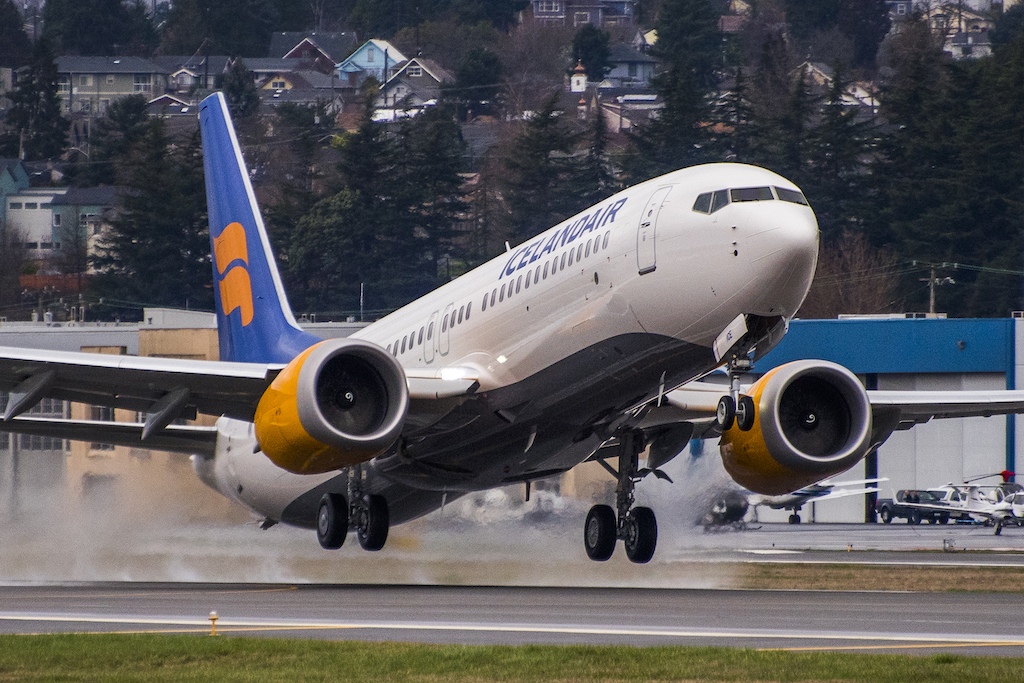Boeing Knew About Its 737 Max Problem and Didn’t Tell Anyone

Boeing’s disastrous performance in communicating its 737 Max crisis took a turn for the worse this week. We now know the company was aware of a software problem at least a year before it told anyone, and its statements have been evasive. This violates a cardinal crisis communications rule: Get the full story out at once so, at some point, reporters stop digging.
The 737 Max — Boeing’s best-selling jetliner (one is pictured) — was grounded after crashes in Indonesia in October and Ethiopia in March that killed nearly 350 people. From the beginning, the company and its CEO have tried to convince everyone nothing is wrong with the planes and otherwise have been pretty mum. Yet, a software glitch was quickly fingered as a leading suspect.
Boeing now finds itself pummeled in the press for an alleged general lack of safety culture. In addition, with regard to the 737 Max, The Wall Street Journal on April 28 reported that the company long knew of the software issue.
Specifically, Boeing didn’t tell its airline customers or the Federal Aviation Administration until a year after the 737 Max started flying (and after the Lion Air crash in Indonesia) that the new planes lacked a particular safety measure that earlier models had.
The feature, called an “angle of attack disagree alert,” signals pilots as to whether sensors are providing wrong data about the pitch of the plane’s nose. Bad data like that has reportedly been linked to both crashes.
Standard Feature
On April 29, Boeing issued a statement in response to the WSJ and other outlets, seeking to clarify things, though the release was, to be kind, convoluted. To summarize (in language easier to understand than Boeing used): Although the disagree alert is unnecessary for safety, it was not deactivated from the 737 Max, as was reported, and in fact was meant to be included as a standard feature.
The problem was, the so-called angle-of-attack sensor was made optional. The glitch turned out to be that the disagree alert would work only on planes owned by airlines that paid extra for the angle-of-attack indicator. Neither plane that crashed had that premium option.
We are confident that when the Max returns to the skies, it will be one of the safest airplanes ever to fly.
— Boeing
Most important for Boeing was to convey that none of this mattered — these additions weren’t needed. Yet, it said that when the 737 Max makes its reappearance, all aircraft will have working disagree alerts and angle-of-attack indicators. “We are confident that when the Max returns to the skies, it will be one of the safest airplanes ever to fly,” it wrote.
We’ll see.
A week later, on Sunday, May 5, Boeing airdropped its bombshell: It disclosed that it knew about the software conflict back in 2017 — several months after starting to deliver the 737 Max planes. But given its irrelevance, it said this didn’t need to be addressed until the next software update (which it’s now working on).
Senior Leadership
Boeing’s senior leadership wasn’t even told about the issue until after the Indonesia crash in October. The company also put out a bulletin about it and told the FAA, but apparently only mid-level staff. The Wall Street Journal’s May 5 headline: “Boeing Knew About Safety-Alert Problem for a Year Before Telling FAA, Airlines.”
These latest statements from Boeing are some of the most defensive and self-justifying we’ve ever seen. The company is trying to prove intellectually it’s done nothing wrong, since it believes the glitch didn’t cause the crashes. Its statements read like they were written not by communicators but by engineers.
They also show Boeing hasn’t been transparent. On March 11, the day after the Ethiopian crash, it tried to address technical issues in a jargon-filled press release. We now know that, at the time of this statement, Boeing was well aware of the software conflict but didn’t mention it.
We suspect that to convince people of the software update’s success, and to convince pilots and passengers to board the new and improved 737 Max, Boeing will first need to get its communications to fly right.
Photo Credit: Boeing
This is an abridged version of an article that appeared today on the CrisisResponsePro paid subscription portal. (CrisisResponsePro subscribers can access the full version by clicking here. ID and password are required.) To take advantage of all of the content, data, and collaborative resources CrisisResponsePro has to offer, contact us at signup@crisisresponsepro.com.




 Back to Blog
Back to Blog